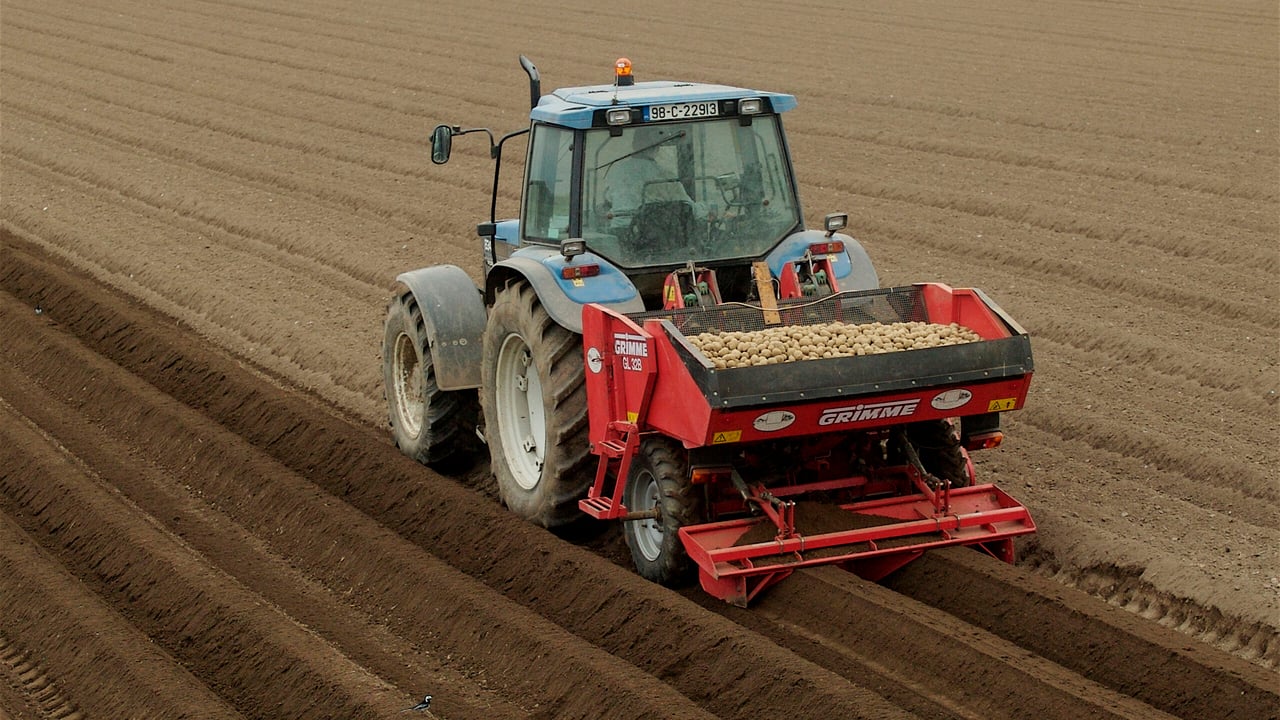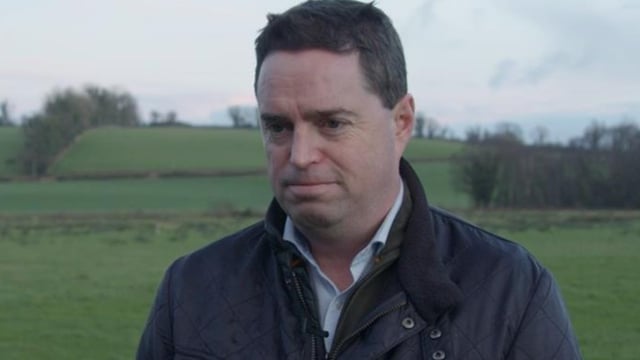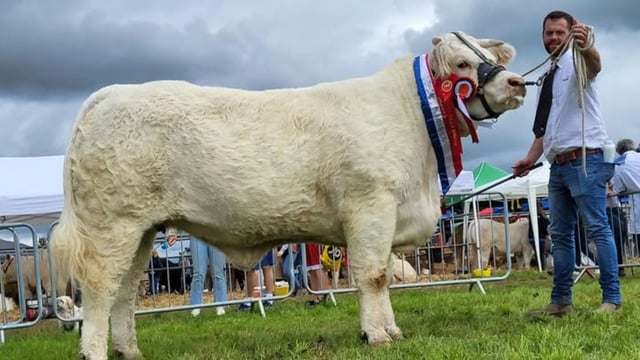Spring planting: Need to maintain optimal levels of soil structure
With spring planting work now in full swing, Teagasc is highlighting the need to maintain optimal levels of soil structure.
Two issues are of paramount importance in this regard - the use of increasingly large and correspondingly heavy machinery plus the fact that soils still retain significant amounts of moisture below the surface at this time of the year.
The good news is that a number of steps can be taken that will allow growers to obtain optimal levels of planting efficiency while still maintaining good soil structure.
The ongoing increases in machinery weight is posing a threat to our soils. Today, 160 -200hp tractors weighing 7-8t, working with mounted ploughs, cultivators and drills, are imposing rear axle loads in excess of 8t on the soil at headlands. In the case of 250-300hp tractors with folding 6m sowing units, this can result in loads in excess of 12t.
These loads can cause great damage down through the soil profile and, while subsequent surface tillage can give good initial crop establishment, soil structure damage beneath the tilled layer can impede drainage, root growth, and access to nutrients, resulting in yield loss.
Tyres, dual wheels, and even tracks must be sized to reduce the stress on the soil. For example, larger tyres can carry loads at lower inflation pressures which will exert lower ground pressures.
Farmers should ensure the tyres they use are big enough to carry their load at 0.8 bar (12psi) pressure when working on cultivated soil.
That wasn’t difficult to achieve with 6t axle loads, but with 8-12t loads, very large and expensive tyres are needed.
The use of newer technology tyres, which have more flexible sidewalls such as Very-High Flexion (VF) tyres, allow a 40% decrease in pressure for a given load by letting the tyre flatten to produce a longer contact patch.
Large new technology tyres are very expensive, but if a larger machine is selected, it must be must matched with larger tyres.
Trailed equipment, while less convenient in our fields, avoids excessive soil loads on field headlands and should be considered for larger output machines.
Not-ploughing or not-cultivating the headland until the rest of the field is sown can help protect the soil, as headland traffic is confined to relatively firm headlands that will be cultivated later.
While this will slow down work-rate, requiring equipment to come back to each field twice, it is worth considering if headlands were previously damaged or are vulnerable due to soil type and slow drying.
For subsequent seasons, growers should consider changing the turning headlands if the field shape allows it.
All machine traffic should be planned and controlled. In addition, all work should be planned carefully to avoid excess traffic on fields.
Seed should be placed at convenient points and, if driving the sowing tractor to the seed trailer, growers should try to avoid travelling to and from the trailer with a heavy mounted drill combination raised on cultivated ground.
Where traffic is unavoidable through a tilled field, it’s a case of measuring and establishing a headland tramline position and driving precisely on that to minimise damage.





